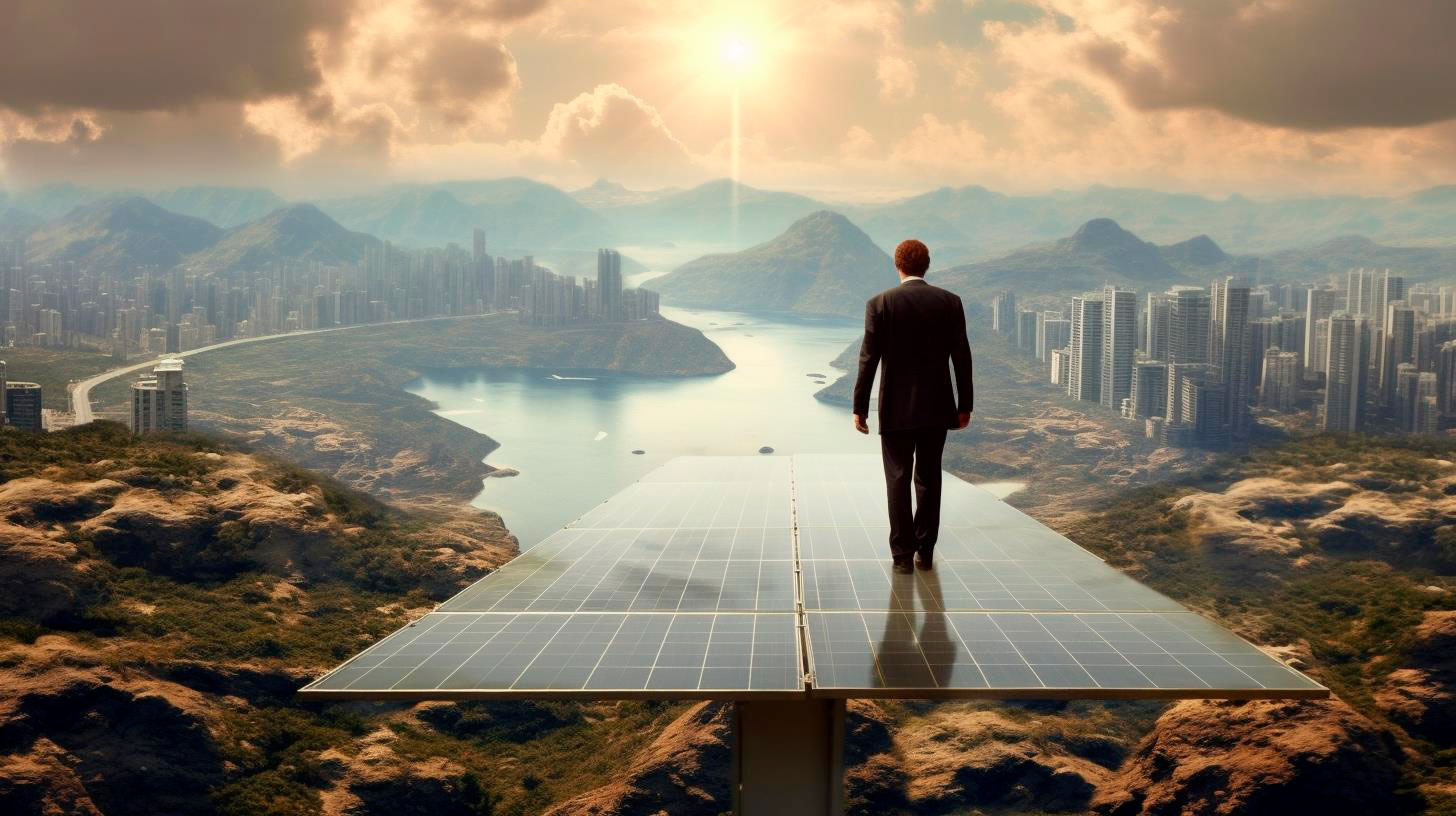The Implications of Grid-Forming Inverter Technologies for Renewable Energy Integration
In this article, we will explore the implications of grid-forming inverter technologies for renewable energy integration and its potential impact on the future of clean power generation.
The Role of Inverters in Renewable Energy Integration
Inverters play a crucial role in the integration of renewable energy sources into the electrical grid. They convert the direct current (DC) generated by solar panels or wind turbines into alternating current (AC) that is compatible with the grid. Traditional inverters, known as grid-following inverters, are designed to synchronize with the grid’s voltage and frequency.
While grid-following inverters have been widely used, they face limitations when it comes to maintaining grid stability and resilience. Challenges arise when there is a high penetration of renewable energy sources, which can lead to voltage fluctuations and power quality issues. Grid-forming inverters, on the other hand, have the potential to overcome these challenges and offer a more robust solution for renewable energy integration.
The Advantages of Grid-Forming Inverter Technologies
Grid-forming inverters differ from grid-following inverters in that they do not rely on the grid’s voltage and frequency for operation. Instead, they have the ability to autonomously establish and maintain grid stability. This is achieved through advanced control algorithms and real-time monitoring of the grid’s conditions.
Here are some key advantages of grid-forming inverter technologies:
- Enhanced Grid Stability: Grid-forming inverters can actively regulate voltage and frequency, improving grid stability even in the presence of a high share of renewable energy sources. This feature ensures a reliable and consistent power supply.
- Islanded Operation: Grid-forming inverters can enable the operation of microgrids or isolated systems without relying on the main grid. This is particularly useful in remote areas or during grid disruptions, providing energy independence and resilience.
- Fast Response Time: Grid-forming inverters can respond rapidly to changes in grid conditions, enabling seamless integration of renewable energy sources and reducing the impact of fluctuations on the grid.
The Implications for Renewable Energy Integration
The adoption of grid-forming inverter technologies has significant implications for renewable energy integration and the future of clean power generation. Here are some key takeaways:
- Increased Renewable Energy Penetration: Grid-forming inverters can facilitate higher penetration of renewable energy sources, as they address voltage and frequency stability challenges. This enables a smoother transition towards a clean energy future.
- Improved Grid Resilience: With grid-forming inverters, the grid becomes more resilient to disturbances, such as extreme weather events or equipment failures. This ensures a more reliable and resilient power supply, reducing downtime and potential economic losses.
- Efficient Use of Energy Storage: Grid-forming inverters can enhance the utilization of energy storage systems. By actively controlling voltage and frequency, they can optimize the charging and discharging cycles of batteries, maximizing the benefits of energy storage technologies.
Overall, grid-forming inverter technologies have the potential to revolutionize renewable energy integration. By providing enhanced grid stability, islanded operation capability, and fast response times, these technologies pave the way for a more reliable and resilient electrical grid.
If you are interested in learning more about grid-forming inverter technologies and their implications, you can visit the official website of the U.S. Department of Energy, which provides valuable resources on clean energy technologies.
